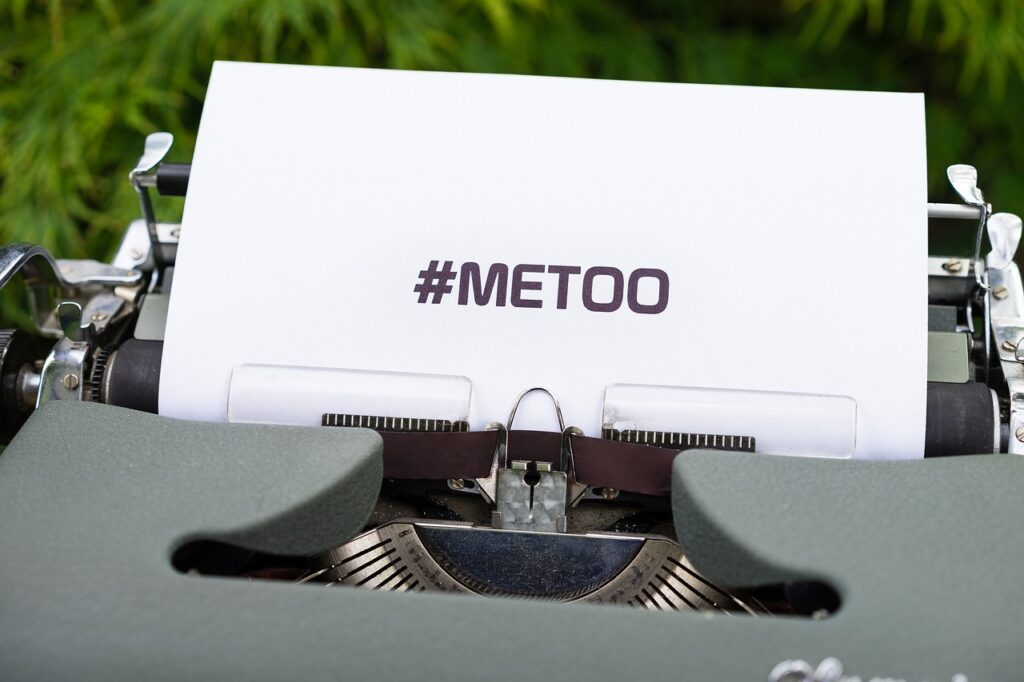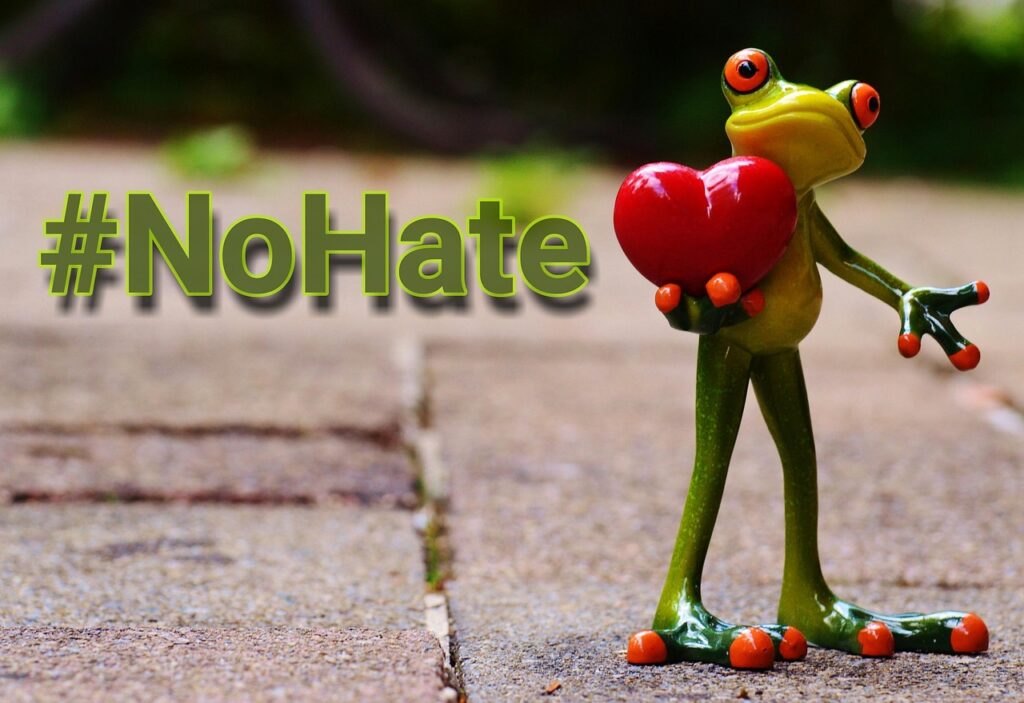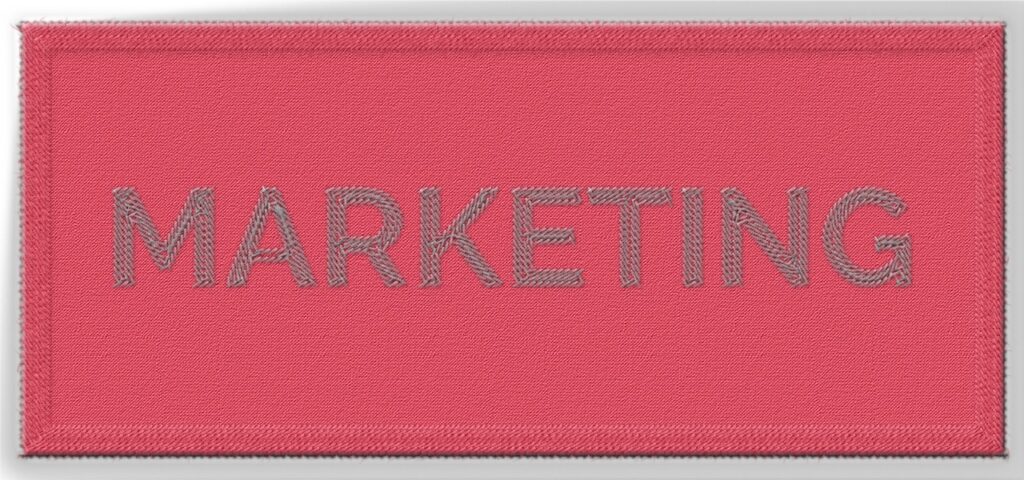
Table of Contents
Introduction
In the ever-evolving landscape of digital marketing, hashtags have become a powerful tool for amplifying content, enhancing visibility, and building brand awareness on social media platforms. Whether you’re a startup, a personal brand, or an established business, using hashtags effectively can be the game-changer you need.
This blog dives deep into the strategies, psychology, and practical application of hashtags to help you maximize your brand’s reach and relevance in the crowded world of social media.
1. What Are Hashtags?
A hashtag is a word or phrase preceded by the symbol #. It serves as a metadata tag that categorizes content, making it easier for users to discover related posts.
Originally popularized by Twitter, hashtags are now widely used on Instagram, Facebook, LinkedIn, TikTok, and even YouTube. For example:
#ThrowbackThursday#NikeRunClub#JustDoIt

2. Why Hashtags Matter for Brand Awareness
Here’s why hashtags are essential for building brand awareness:
- Increased Discoverability: Posts with hashtags are 2–5x more likely to be seen.
- Community Building: Hashtags attract like-minded people, forming micro-communities.
- Trend Riding: Hashtags allow brands to join trending conversations.
- Content Categorization: Helps your content get organized and searchable.
- User-Generated Content (UGC): Encourages fans to share content with your branded hashtag.
💡 Example: Coca-Cola’s #ShareACoke campaign encouraged millions of users to share photos, massively increasing their social reach.
3. The Psychology Behind Hashtag Usage
Understanding the psychology of hashtags allows you to tap into the emotional and cognitive behavior of users.
- FOMO (Fear of Missing Out): Trending hashtags create urgency.
- Belongingness: Branded hashtags make users feel like part of an inner circle.
- Identity Signaling: Users share hashtags that align with their values and lifestyle.
- Validation Seeking: Posts with hashtags often get more engagement, boosting self-worth.

4. Types of Hashtags to Use
A mix of different types of hashtags can dramatically increase your reach:
1. Branded Hashtags
Custom hashtags unique to your brand.
- Example:
#PepsiChallenge,#MyCalvins
2. Campaign Hashtags
Used for a particular marketing campaign.
- Example:
#ShotoniPhoneby Apple
3. Community Hashtags
Used by specific communities or interest groups.
- Example:
#BookTokfor book lovers on TikTok
4. Trending Hashtags
Popular hashtags currently being used widely.
- Example:
#MetGala2025,#WorldEnvironmentDay
5. Event Hashtags
Specific to events or conferences.
- Example:
#WebSummit2025
6. Niche Hashtags
Tailored to a specific industry or micro-topic.
- Example:
#MomBloggerIndia,#TechForGood

5. Hashtag Best Practices
✅ Do’s
- Keep it relevant and concise.
- Use a mix of broad and niche hashtags.
- Research before using.
- Test different hashtags.
- Encourage UGC via branded hashtags.
❌ Don’ts
- ❌ Don’t use banned or shadowbanned hashtags.
- ❌ Don’t overuse hashtags (limit: 5–15 depending on platform).
- ❌ Don’t use irrelevant hashtags just because they are trending.
- ❌ Don’t make your hashtag too long or complicated.

6. Platform-Specific Hashtag Strategies
Different platforms favor different styles and numbers of hashtags:
- Ideal Count: 5–11
- Use in captions or first comment.
- Combine popular + niche + branded.
- Ideal Count: 1–2
- Too many hashtags reduce readability.
- Focus on trending or campaign-based hashtags.
- Ideal Count: 1–3
- Engagement impact is moderate.
- Use for events or group discussions.
- Use niche, keyword-rich hashtags.
- Don’t overdo it; Pinterest is SEO-friendly.
📱 TikTok
- Combine trending sounds + hashtags.
- Use
#fypor#ForYouPagewisely but not excessively.
- 3–5 professional, relevant hashtags.
- Industry-focused tags work best:
#Leadership,#Entrepreneurship

7. Creating a Branded Hashtag
Creating a memorable branded hashtag can anchor your brand in people’s minds.
Tips:
- Keep it short, unique, and memorable.
- Align with brand tone and voice.
- Check if it’s already in use.
- Use it across all marketing materials.
- Incentivize UGC with contests.
💡 Example: Airbnb’s #LiveThere promoted the idea of living like a local and exploded with authentic user stories.
Posts ‹ Content writer — WordPress
Best #socialmedia Hashtags for Instagram & TikTok – Top Trends 2025
8. How to Find Trending and Relevant Hashtags
1. Explore Pages & Hashtag Search
Use Instagram Explore or TikTok’s Discover page.
2. Hashtag Tools
- Hashtagify.me: Popular for Twitter and Instagram.
- RiteTag: Gives instant hashtag suggestions.
- All Hashtag: Generates trending, random, or live hashtags.
- Display Purposes: Generates clean and relevant tags.
3. Follow Industry Leaders
Look at the hashtags used by influencers or competitors in your niche.
4. Google Trends + Social Listening
Use social media listening tools like Sprout Social or Brand24.
9. Tools to Optimize Hashtag Strategy
Here are a few tools that can help:
| Tool | Features | Best For |
|---|---|---|
| Hashtagify | Analytics + suggestions | Researching popular hashtags |
| Later | Instagram scheduling + hashtag analytics | Content planning |
| Sprout Social | Social listening | Tracking hashtag impact |
| Hootsuite | Campaign management | Cross-platform posting |
| Keyhole | Real-time tracking | Campaigns and branded hashtag analysis |
10. Measuring Hashtag Performance
To ensure your hashtag strategy is working, track the following KPIs:
- Reach & Impressions
- Engagement Rate (likes, shares, comments)
- Follower Growth
- UGC Participation
- Click-through Rates (CTR)
- Conversions or leads
🧩 Use tools like Sprout Social, Instagram Insights, or native analytics on platforms.
11. Case Studies of Successful Hashtag Campaigns
🍔 1. McDonald’s India – #ThodaTimeAur
This emotional campaign encouraged people to spend more time together. Result? Massive shares and emotional engagement.
🩳 2. Calvin Klein – #MyCalvins
Celebrity and influencer-driven UGC campaign that humanized the brand.
📷 3. Apple – #ShotOniPhone
Apple turned users into brand ambassadors simply by showcasing their photography.
🏃♂️ 4. Nike – #YouCantStopUs
Powerful motivational branding mixed with real stories during the pandemic.

❓ Frequently Asked Questions (FAQs)
1. How many hashtags should I use on each platform?
- Instagram: 5–11 is ideal; max 30.
- Twitter: 1–2 for best engagement.
- LinkedIn: 3–5, focused on industry relevance.
- Facebook: 1–3 works well.
- TikTok: 3–5, including trending and niche hashtags.
2. Are hashtags still relevant in 2025?
Yes! Hashtags continue to play a crucial role in discoverability, trend participation, and campaign tracking across social media platforms. However, the quality and relevance of hashtags matter more than quantity.
3. What’s the difference between a branded hashtag and a trending hashtag?
- A branded hashtag is unique to your business or campaign (e.g.,
#MyCalvins). - A trending hashtag is a currently popular hashtag across the platform (e.g.,
#WorldCup2025).
Use both strategically to increase reach and relevance.
4. How do I know if a hashtag is effective?
Track key metrics like:
- Post reach
- Engagement rate
- Follower growth
- UGC mentions
- Hashtag impressions
Use tools like Instagram Insights, Twitter Analytics, or third-party platforms like Keyhole or Sprout Social.
5. Can I create my own hashtag?
Absolutely! In fact, creating a unique, memorable hashtag is one of the best ways to build brand identity. Just make sure it’s:
- Short
- Not widely used already
- Easy to spell and remember
- Aligned with your brand message
6. Should I use popular hashtags even if they aren’t related to my post?
No. Using unrelated popular hashtags can make your content look spammy and reduce engagement or even result in penalization by the platform’s algorithm. Always stick to relevant hashtags.
7. What are shadowbanned hashtags?
Shadowbanned hashtags are hidden or restricted by the platform due to misuse, spam, or policy violations. Using these can reduce your post visibility. Always check before using unfamiliar hashtags.
8. Can I repeat the same hashtags in every post?
While consistency in branded hashtags is great, repeating the exact same hashtag set in every post can lead to reduced reach. It’s better to rotate relevant hashtags and test combinations for performance.
9. Do hashtags work in Instagram Stories or Reels?
Yes! On Instagram:
- You can use one clickable hashtag in Stories using the hashtag sticker.
- In Reels, hashtags work just like in regular posts and help with discoverability through Explore and audio trends.
10. How can I encourage users to use my branded hashtag?
- Launch a contest or giveaway.
- Feature UGC that uses your hashtag.
- Promote the hashtag in your bio, captions, packaging, and ads.
- Work with influencers to kickstart the campaign.
12. Common Mistakes to Avoid
Here are some hashtag blunders that can hurt your strategy:
- Using over 30 hashtags on Instagram.
- Not checking if the hashtag has another (unintended) meaning.
- Using generic tags like
#love,#fun,#instagoodwithout context. - Forgetting to promote branded hashtags outside of social media (e.g., packaging, email).
- Being inconsistent across platforms.
13. The Future of Hashtags in Branding
Hashtags continue to evolve. Here’s what to expect:
- AI-powered hashtag generators will suggest better combinations.
- Voice search optimization might reduce hashtag usage in future search queries.
- Hashtag SEO will become a bigger focus.
- Interactive hashtags in AR filters and UGC campaigns will increase.
- Platform-native innovations like clickable hashtags in Reels or Stories will grow.
In short, hashtags are becoming more strategic than ever.

14. Final Thoughts
In today’s digital-first world, a thoughtful and consistent hashtag strategy is more than a social media gimmick—it’s a vital part of branding.
Whether you’re a content creator, entrepreneur, or marketing executive, use hashtags to:
- Connect with the right audience,
- Encourage interaction,
- Build a community,
- And ultimately, increase brand visibility and loyalty.
👉 Start small, test consistently, and evolve with the trends. Hashtags may be simple, but when used smartly, they can become the pillars of your brand’s social media identity.